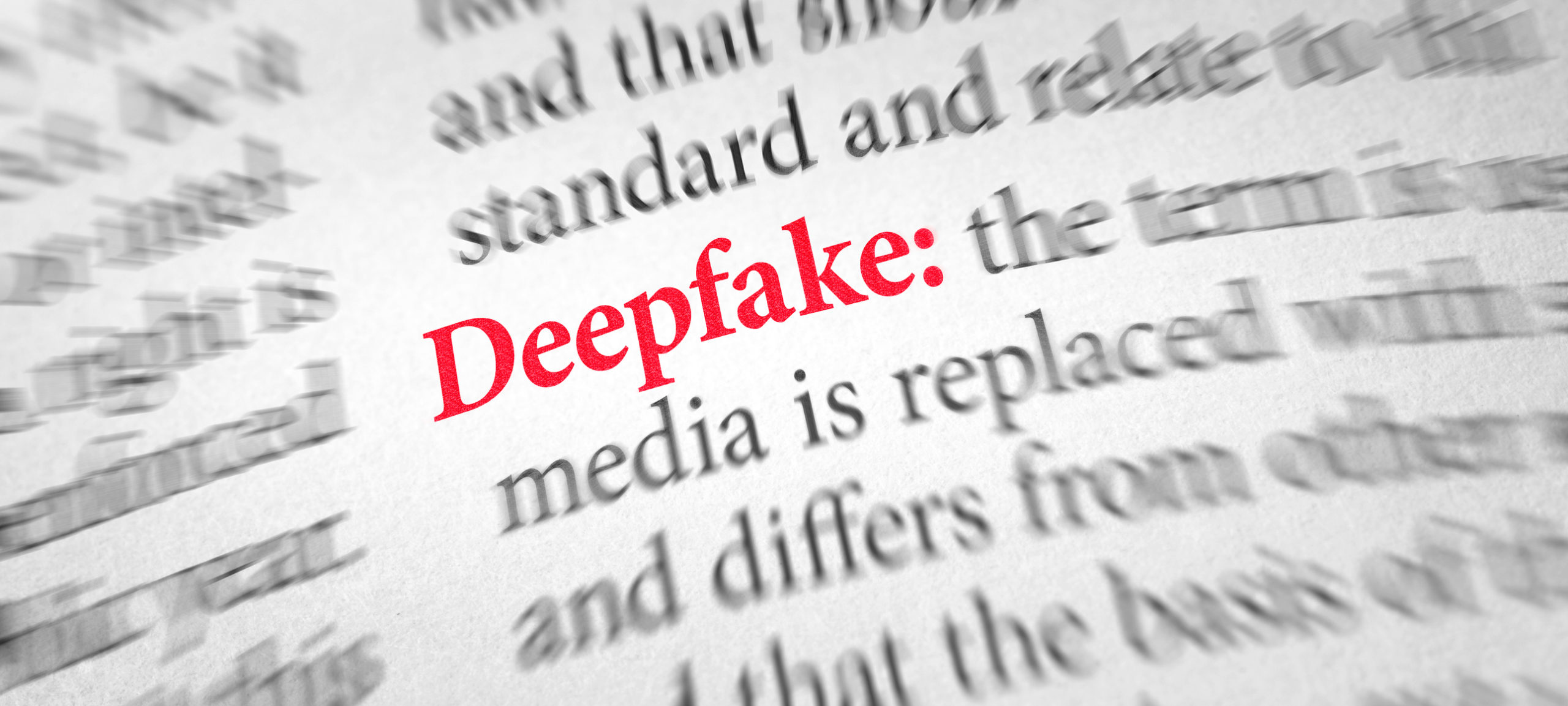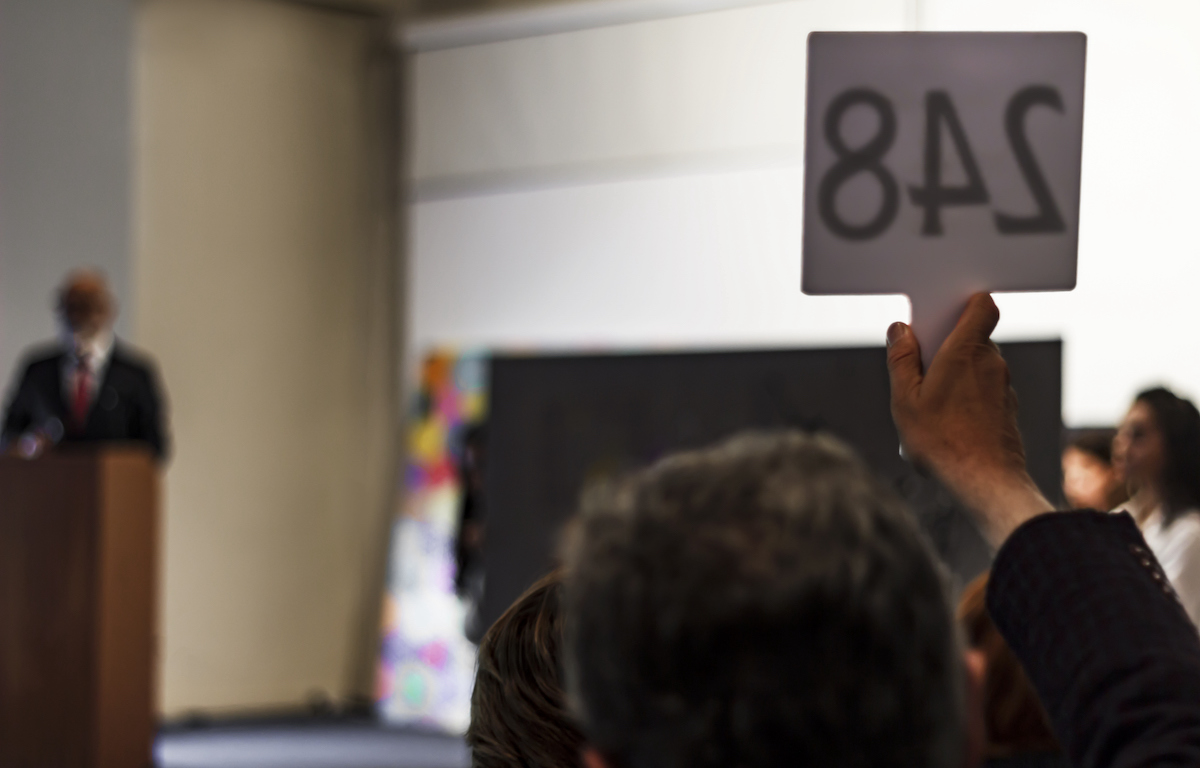Featured in

- Published 20230207
- ISBN: 978-1-922212-80-1
- Extent: 264pp
- Paperback (234 x 153mm), eBook


Already a subscriber? Sign in here
If you are an educator or student wishing to access content for study purposes please contact us at griffithreview@griffith.edu.au
Share article
About the author

Anna Broinowski
Anna Broinowski is a Walkley Award-winning filmmaker and author who documents counter-cultural subjects. Her films include Aim High in Creation! (about North Korean cinema),...
More from this edition

Tell me a story
Non-fictionAs QAnon members circulated their vernacular and practices across social networks, their acts and ideas became increasingly visible, and individuals began to recognise the behaviour as sanctioned, expressive acts within their community. In other words, adherents of QAnon began to recognise and conform to their very own folklore – one that explained who they were and described how they should act in given situations.

The future of art fraud
Non-fictionOver lunch with the international art auctioneer, I told him the art dealer – a mutual acquaintance – said she would ‘support’ my work at auction. She explained that if an artwork didn’t receive enough bids during an auction, she would bid to buy it for a higher amount. Then there would be a public record of my work being sold for the value assigned by her, which she would show people when reselling it privately.

A passing phase
In ConversationI went to Tim’s Guitars years ago and I saw Grant Hart from Hüsker Dü do a solo thing and he had a Q&A after the solo. And some guy went, ‘How often do you practise guitar?’ And then Grant Hart said, ‘I never practise guitar, practising guitar gets in the way of my personality.’ And I was like, ‘Oh wow, that’s actually really true.’